Compare two mineral additives for plants and determine how it is better to use.
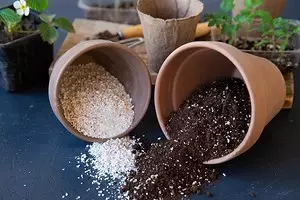
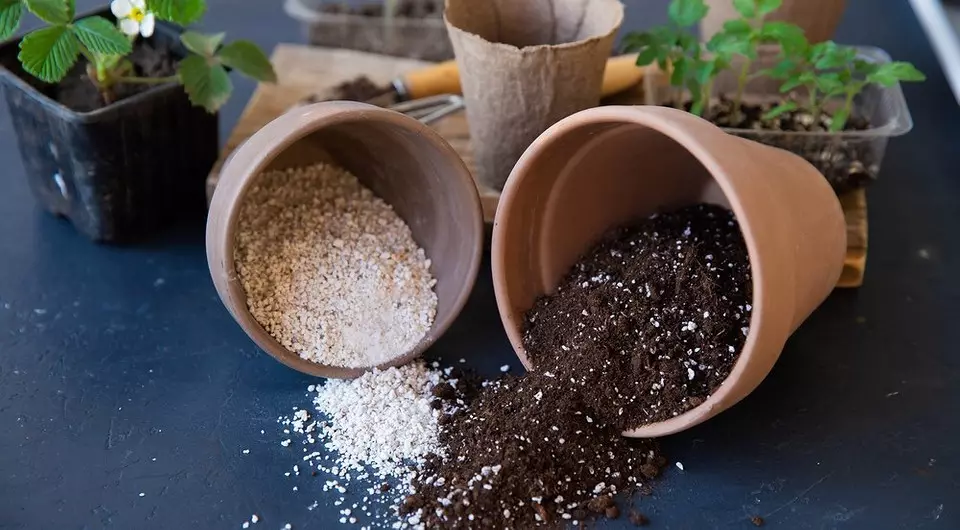
Not all gardeners know what the difference between perlite and vermiculite. Many are confident that this is similar by the properties of mineral supplements. Therefore, they use them equally. In fact, these are different substances, and it is necessary to use them in different ways. Compare agroperlitis and agroveskulitis, I will identify differences and find out how to apply them.
Compare perlite with vermiculitis
Get acquainted with PerlitaGet acquainted with agroversiculitis
Compare mineral additives
What additive the plants like more
What is agroperlit
The substance is obtained as a result of the hydration of obsidian, it is also called volcanic glass. Under certain conditions, the structure of obsidian is broken by water. Her molecules are introduced into the glass structure. With severe heating, they are evaporated.
This property is used in the preparation of agroperlite: mineral is heated to 1,000 ° C, with such a temperature of moisture evaporates, but increases in volume and destroys the structure of the substance. The resulting material is similar to the frozen foam. The place of water in its structure is occupied by air bubbles, there is a lightly porous mass, which will easily crumble in their hands. However, it is not destroyed by itself. It is crushed into different fractions in size. Grains from 1 to 5 mm are called agroperlite and are used when growing plants.
Perlite granules are an excellent sorbent. They are able to absorb moisture, the volume of which exceeds their own four times. High porosity gives them more and good insulation properties. So, perlite can be used to protect the roots of plants from supercooling. Inert granules, they do not contain any water soluble salts or mineral additives. Not susceptible to decomposition nor chemical nor biological decomposition. Rodents or insects are not treated in them.
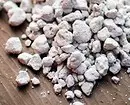
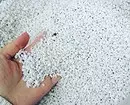
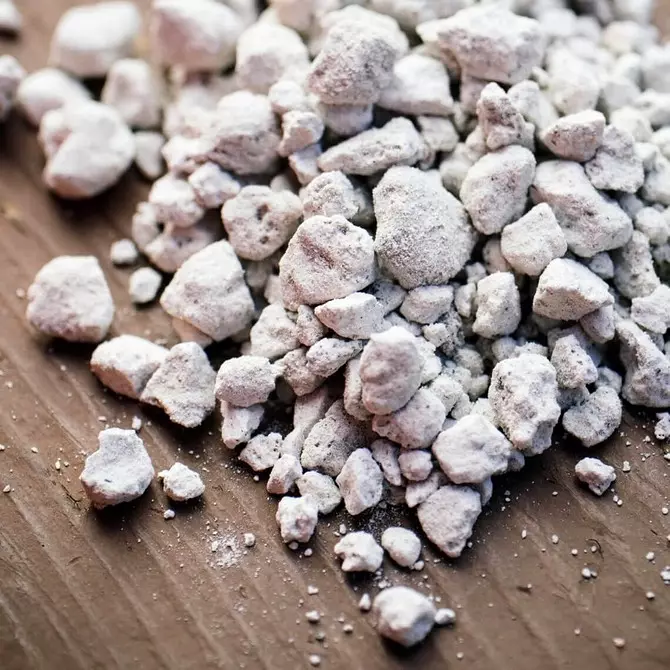
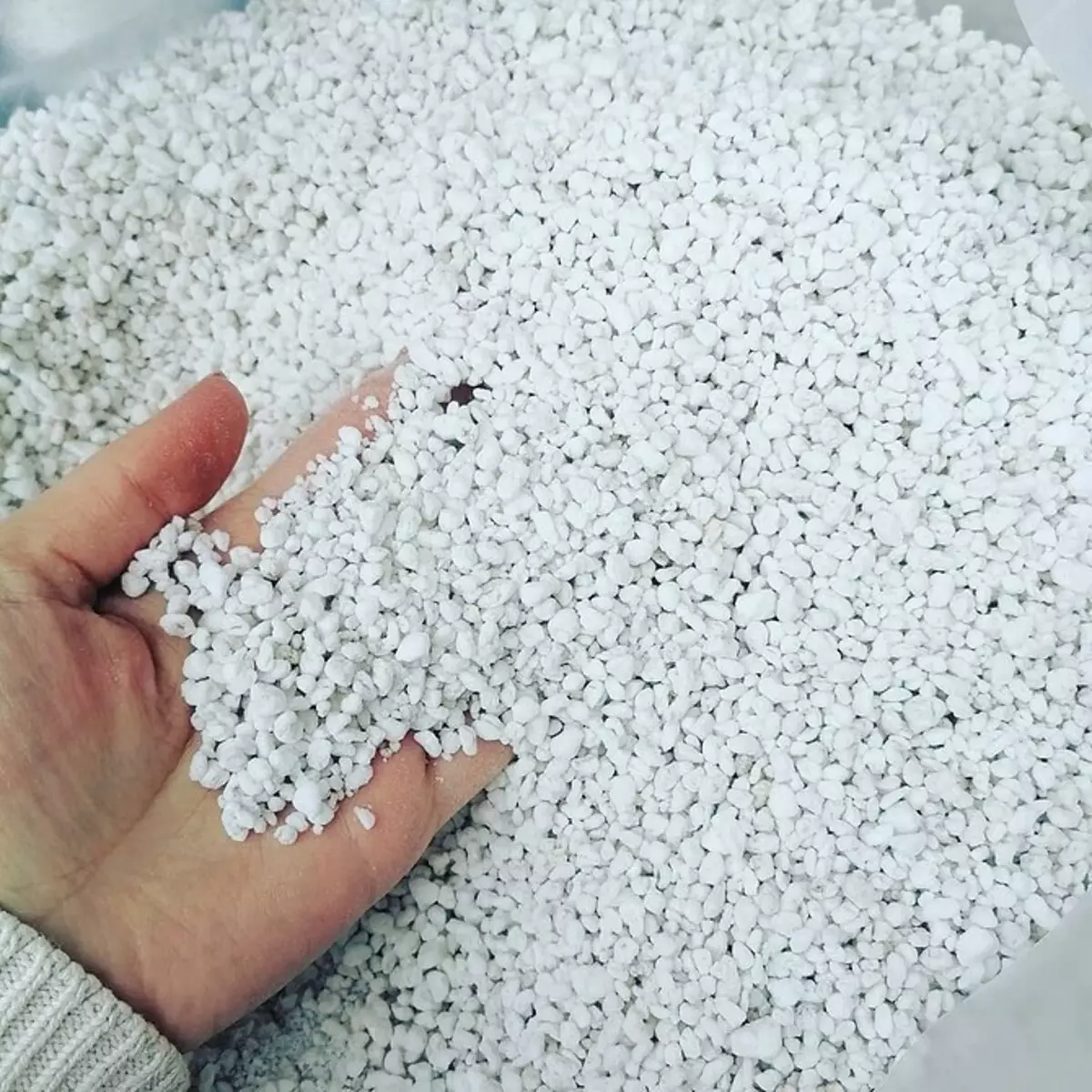
What is agroveskulit
Material refers to hydrosluts, this is a substance with a complex composition. In their structure, the water molecule adsorbed by crystallohydrates is present. With severe heating, moisture evaporates with a significant increase in the volume of mineral. Unlike obsidian, the structure of mica - layered. Therefore, after the swelling, this technology is so called, it turns out not a porous mass, but the columns consisting of a plurality of layers-plates.
After crystallohydrates are destroyed, soluble microelements appear in the mineral. Therefore, it is capable of some time to serve as a source of trace elements for plants and stimulate their growth. The chemical composition of vermiculite grains depends on the origin of raw materials. On sale you can find varieties of anthemculite from biotitis with elevated iron content, from lucasite with an excess of chromium, from copper vermiculite with an increased dose of copper.
Vermiculitic grains durable on compression, lungs and elastic. They absorb moisture well, absorbing up to 500% of their volume. Chemical granules are inert, nor with alkalis, nor with acids react. Do not decompose under the influence of biological or chemical factors. Thanks to the porosity, the vermiculite is a good thermal insulator. Insects or rodents do not live in it.
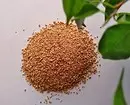
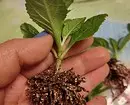
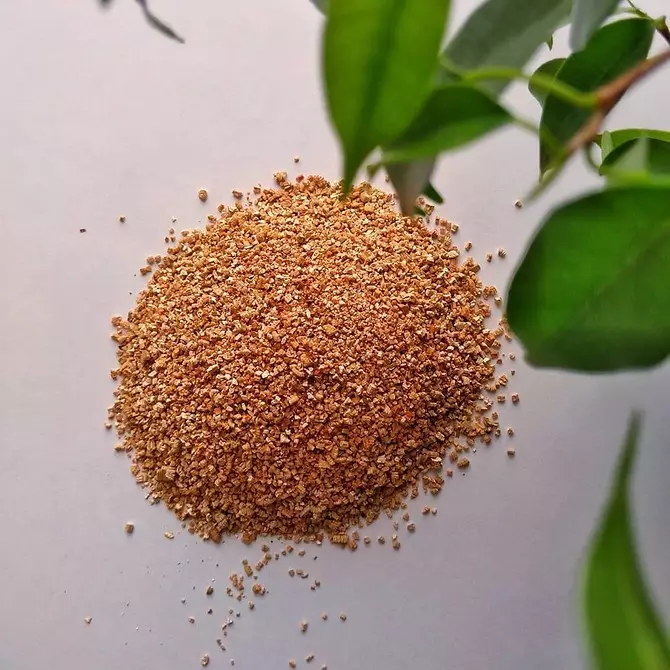
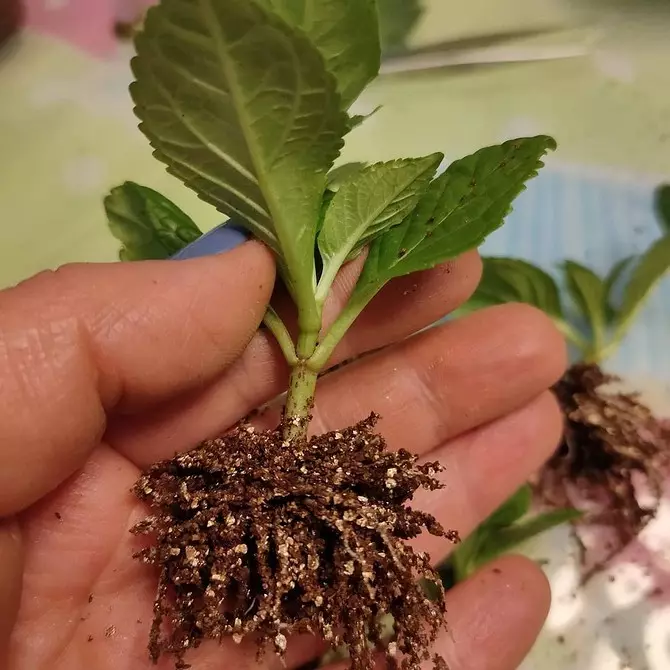
Compare additives
Agrotechnology in both cases is approximately the same. Materials are environmentally friendly and completely safe. They were assigned the danger class "four" only because of strong dusting: the smaller the fraction, the more stronger. Both substances are used to improve the structure of the soil. They break the soil, increase its moisture intensity and improve the supply of fruit, vegetable and other cultures with oxygen. Due to the neutral acid-alkaline reaction, they are slightly disoked with soil and suspend its salinization.
They are good as sorbents. Granules accumulate moisture or nutrient solution, and slowly give them roots of plants. This makes it possible to reduce the amount of irrigation, and also reduces the risks of fearing or drying the site. Using vermiculite and pelite grains in hydroponics, as a substrate for germinating seeds and to root the cuttings. Apply as a mulch, to protect the roots from the cold and as a drainage.
Despite similar techniques of agrotechnology, the additives are unequal. The difference is visible even outwardly. Agroperlite is a relatively smooth branches of bright white color. The scaly loose columns of the agrovesculite can be golden, reddish or almost black. But the main differences consist in their properties. We will analyze what is different perlite from the vermiculite. We list the advantages and disadvantages of each material.
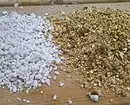
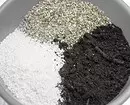
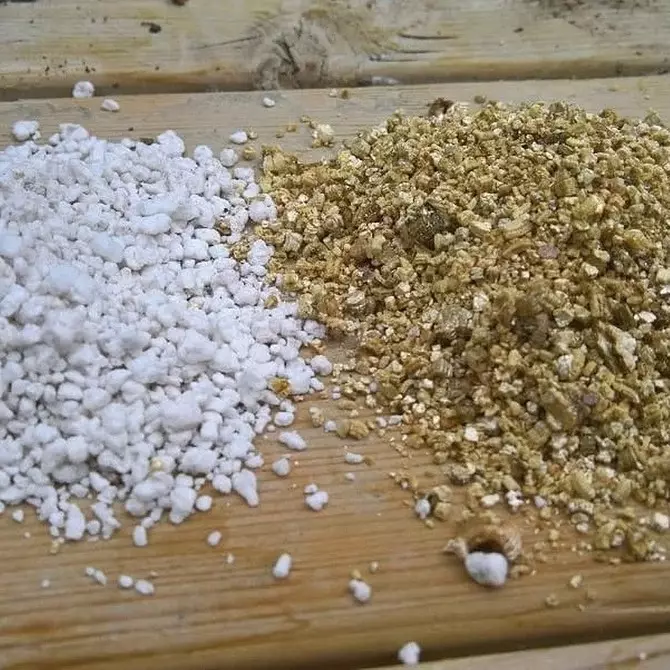
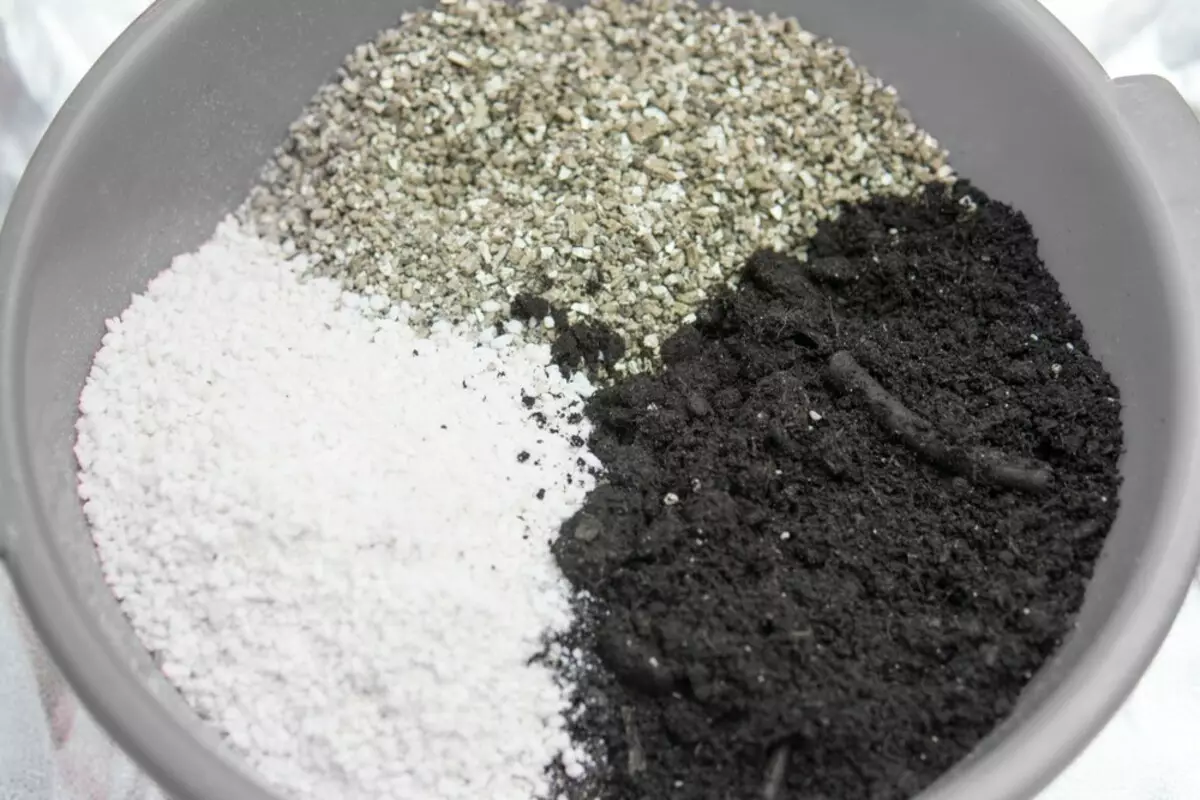
Plits pluses
- Partially passes and partially scatters light rays. This creates a favorable environment for seedlings.
- Well absorbs moisture, it is able to raise it to the roots of deep underly layers of the soil. This makes it possible to equip a wick irrigation.
- Equally distributes water inside the soil, which makes it easier for its assimilation of the root system.
- Improves the aeration of the soil, makes it more loose. The soil dries faster after watering.
- Relatively low price, therefore it is advisable to use in large areas.
Minuses
- There are no trace elements in Perlite, it cannot hold substance beneficiaries for plants, does not participate in their ion exchange processes. Not suitable as a fertilizer or growth stimulator.
- The fragile material is destroyed when processing soil tools. After five or six years, nothing will remain.
- Latching sodium and potash mixtures, hard water. Therefore, in pure form it is not used for plants that are grown in a weakness soil.
- The surface of the grains is a natural abrasive. This can harm plant roots during transplantation.
Pluses of agroveskulita
- Participates in ion-cation exchange, especially with additional contribution of potassium and ammonium. It is capable of holding nitrogen compounds, thereby adjusting the level of nitrates in the soil.
- The ability to moisture absorption is higher than that of the agrorylitis. Adsorb and keeps dissolved fertilizers and water, gives moisture root system as needed. Capably absorbing it from the air. All this reduces the number of polishes, protects landing from drought.
- It does not fit, even heavy clay soils are well breaking. Does not allow the soil overly seal after winter or prolonged rains. If compared, which is better: vermiculite or perlite, the first leads in the efficiency of normalizing the water-air balance of the soil.
- Vermiculitic grains are durable, their surface is not abrasive. They are not scattered in mechanical processing of the soil and wonder the roots during transplantation.
Cons of vermiculite crystals
- Wet warm medium, especially in heavy clay soils, provokes the reproduction of microalgae. They develop on the scales of the material, it is green, becomes unsuitable for further use.
- High price. On average, it is higher than that of agroperlite, three or four times. Therefore, it is rarely used on large areas.
- The possibility of asbestos, extremely dangerous for living organisms of matter.
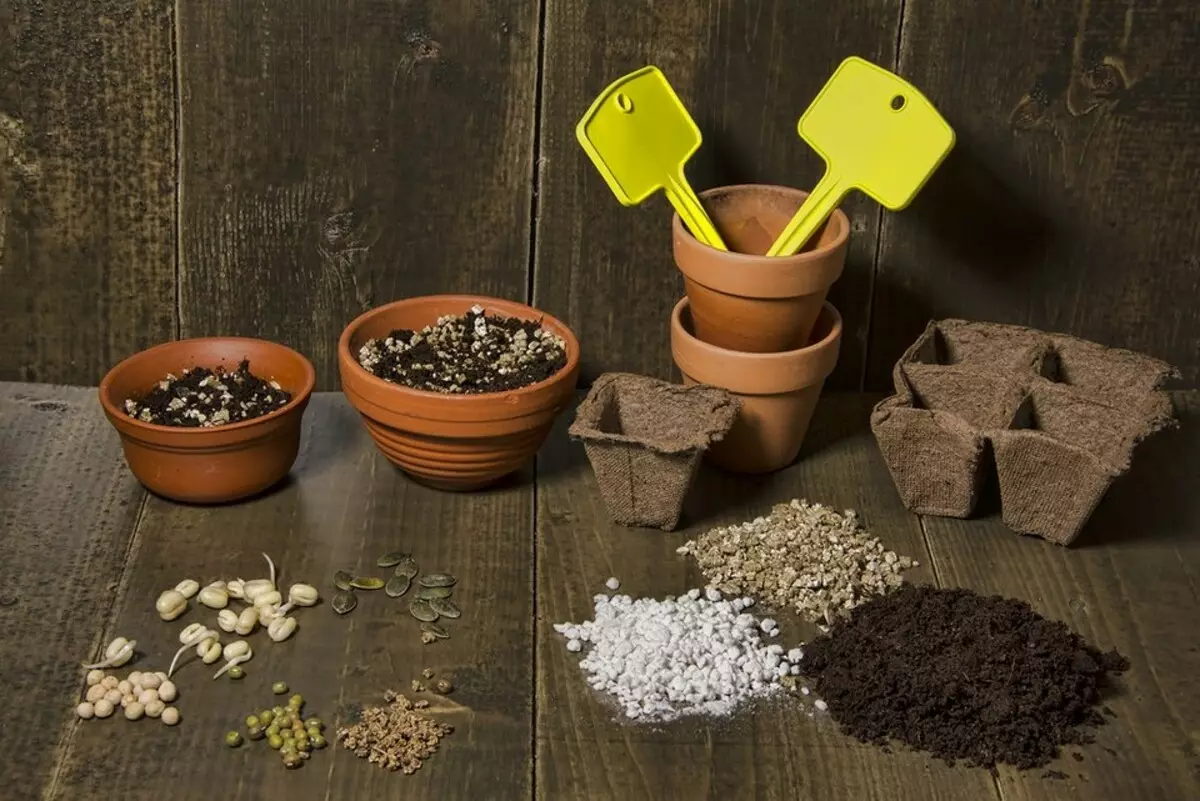
What is better for plants: perlite or vermiculitis
Summarize. Agroversiculitis better holds water, changes the ion balance of soil, does not damage the roots of plants. It is stronger and over time it does not destroy. The agroperlite gives the accumulated moisture better, dispels and partially misses the light. It is much cheaper, and therefore more accessible. It is important to know exactly what the result should be obtained from the use of mineral additives. Then it is easier to choose what is better for seedlings and plants: perlite or vermiculite.
So, in large areas or large beds, the use of agroperlite is justified. It is chosen for the substrate in hydroponics and for winter storage of the harvest. Vermiculite is used on small beds, in small greenhouses, for indoor plants, seedlings and shutdowns. It is often used a compromise option when substances are mixed with each other. So they compensate for the shortcomings of each other and strengthen the advantages. The proportions of mixing can be different and depend on the type of soil, but most often apply a ratio of 1: 1.






